I am currently dealing with text recognition. Here is a part of binarized image with edge detection (using Canny):
EDIT: I am posting a link to an image. I don't have 10 rep points so I cannot post an image.
EDIT 2: And here's the same piece after thresholding. Honestly, I don't know which approach would be better.
[ 2
2
The questions remain the same:
How should I detect certain letters? I need to determine location of every letter and then every word.
Is it a problem that some letters are "opened"? I mean that they are not closed areas.
If I use
cv::matchtemplate, does it mean that I need to have 24 templates for every letter + 10 for every digit? And then loop over my image to determine the best correlation?If both the letters and squares they are in, are 1-pixel wide, what filters / operations should I do to close the opened letters? I tried various combinations of dilate and erode - with no effect.
